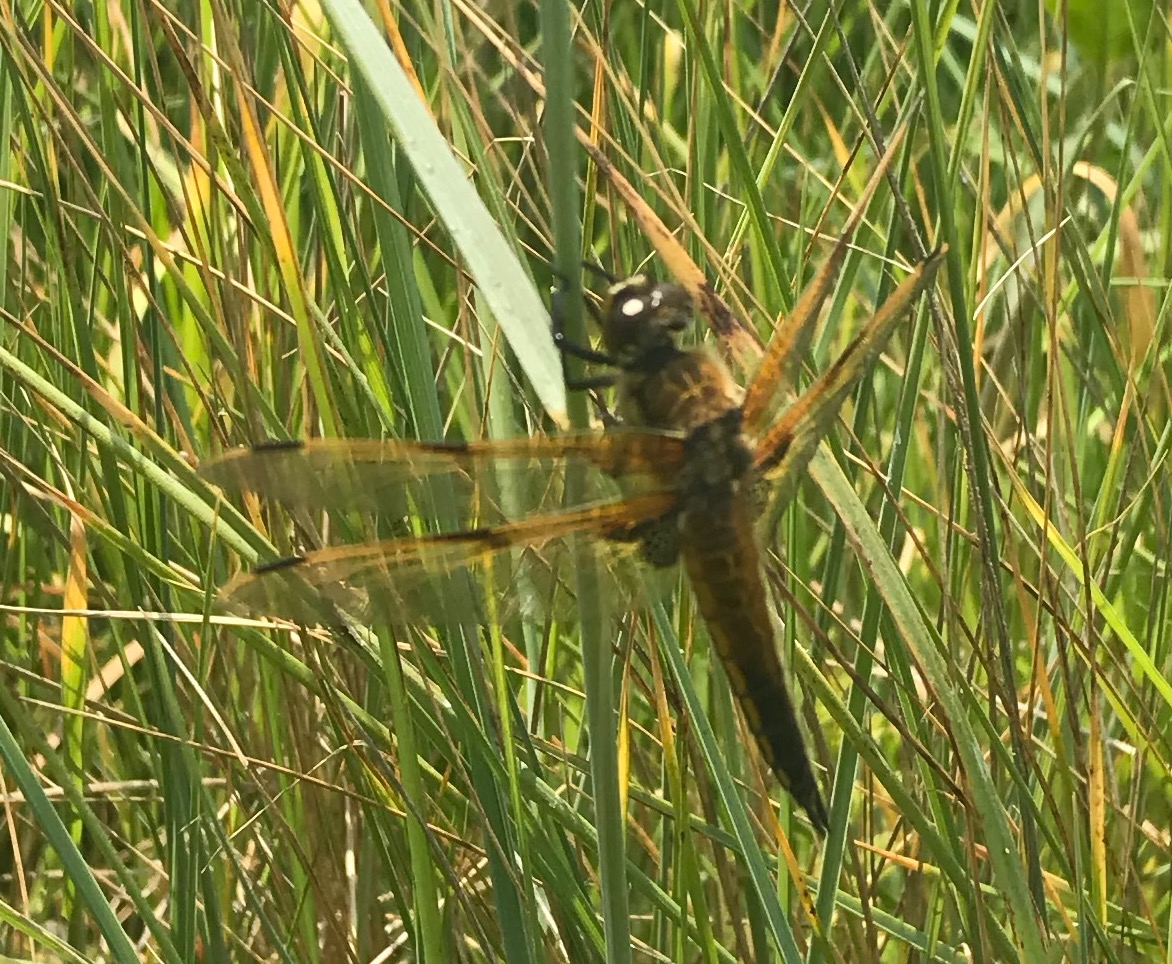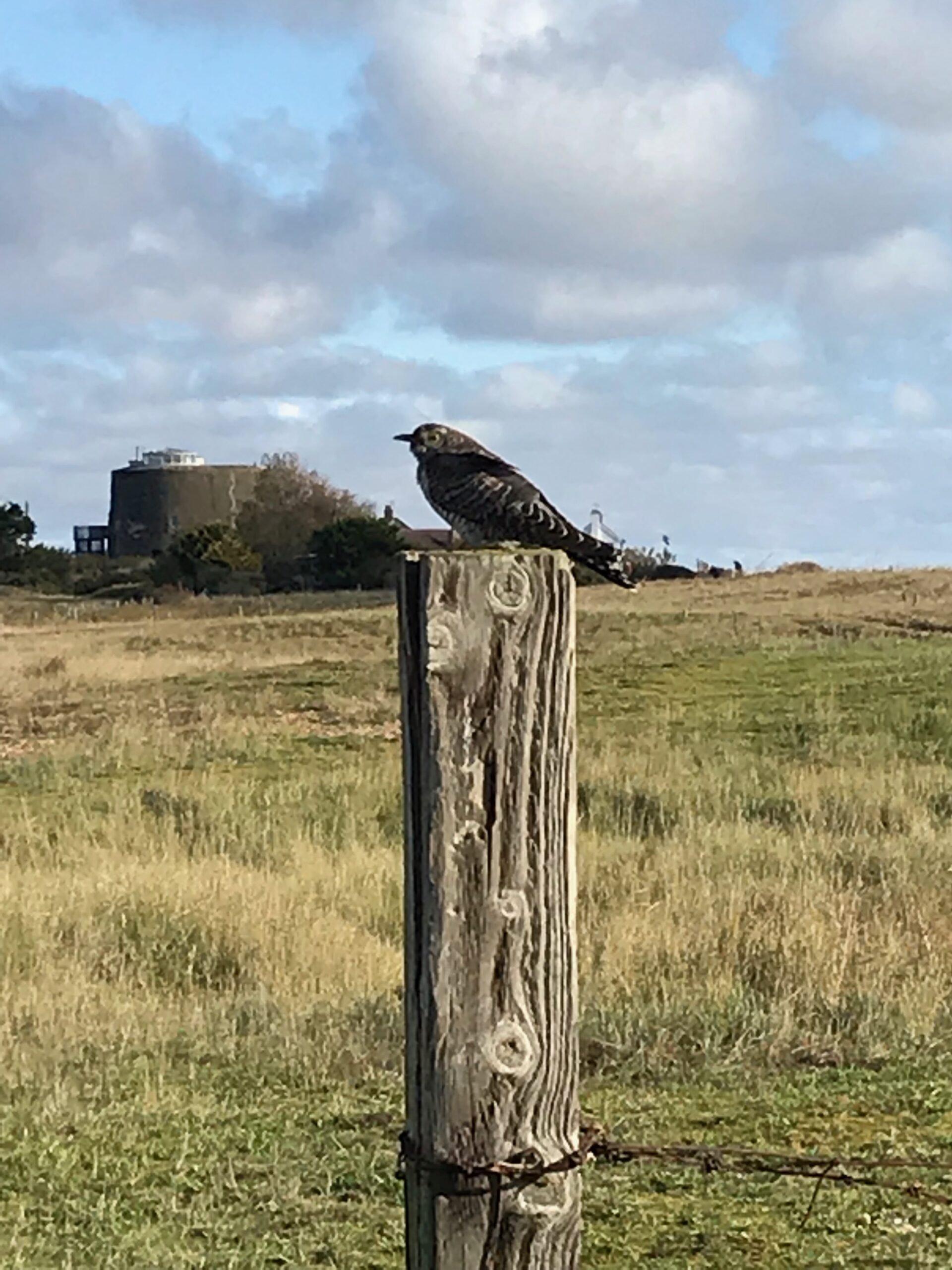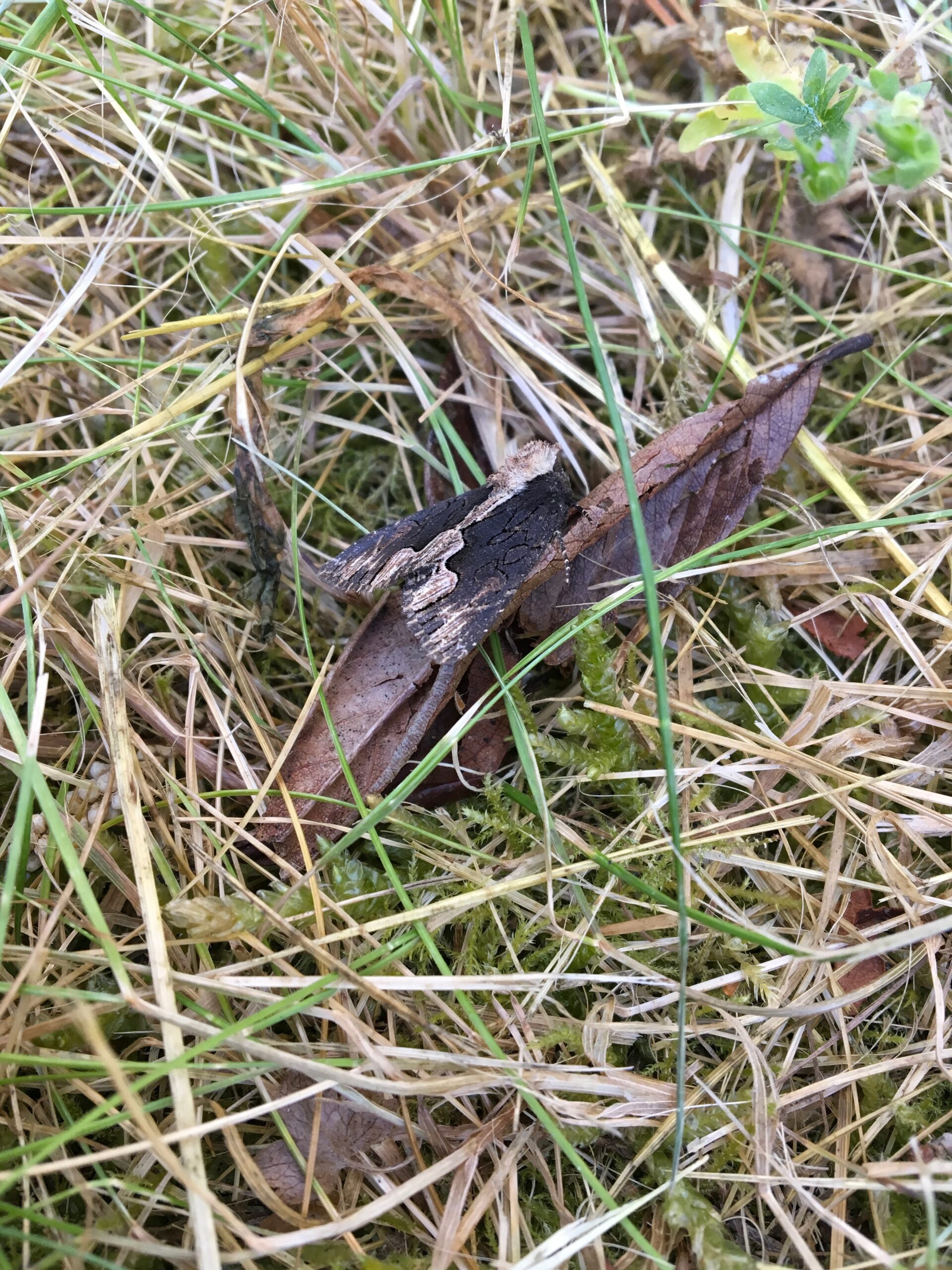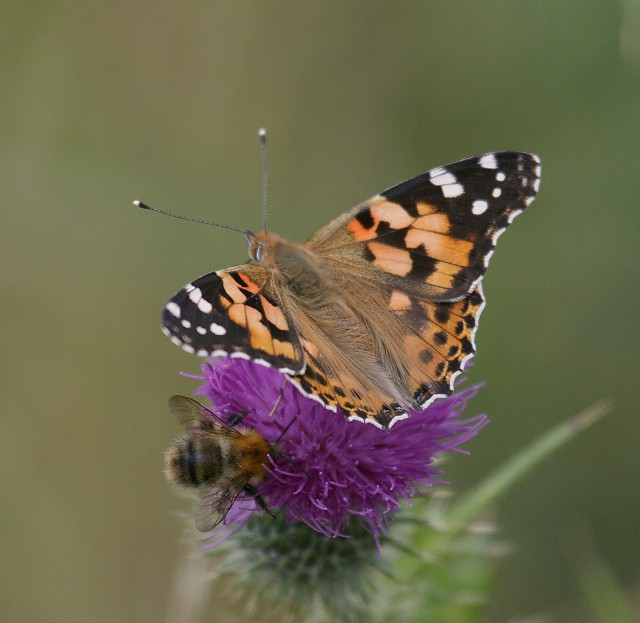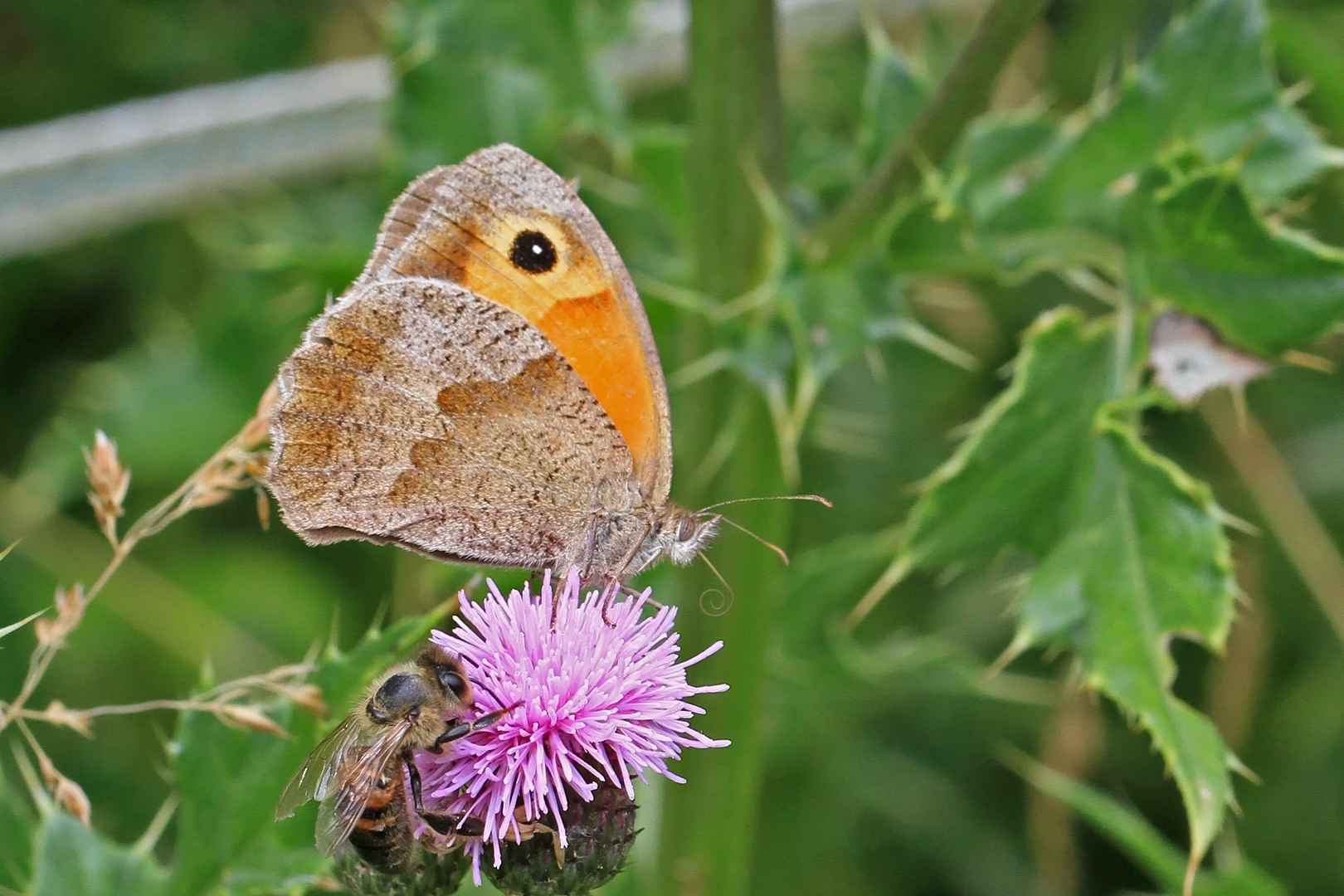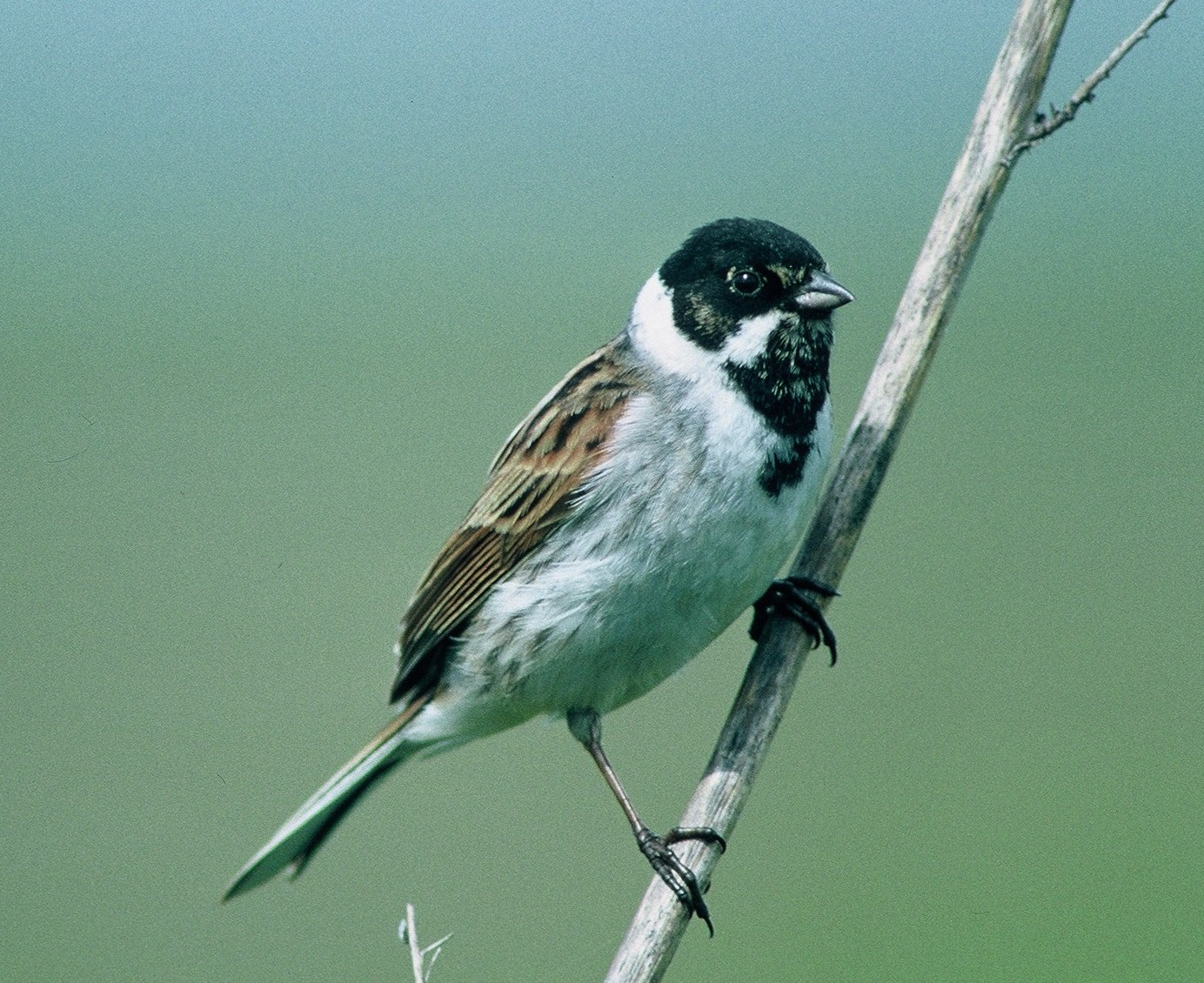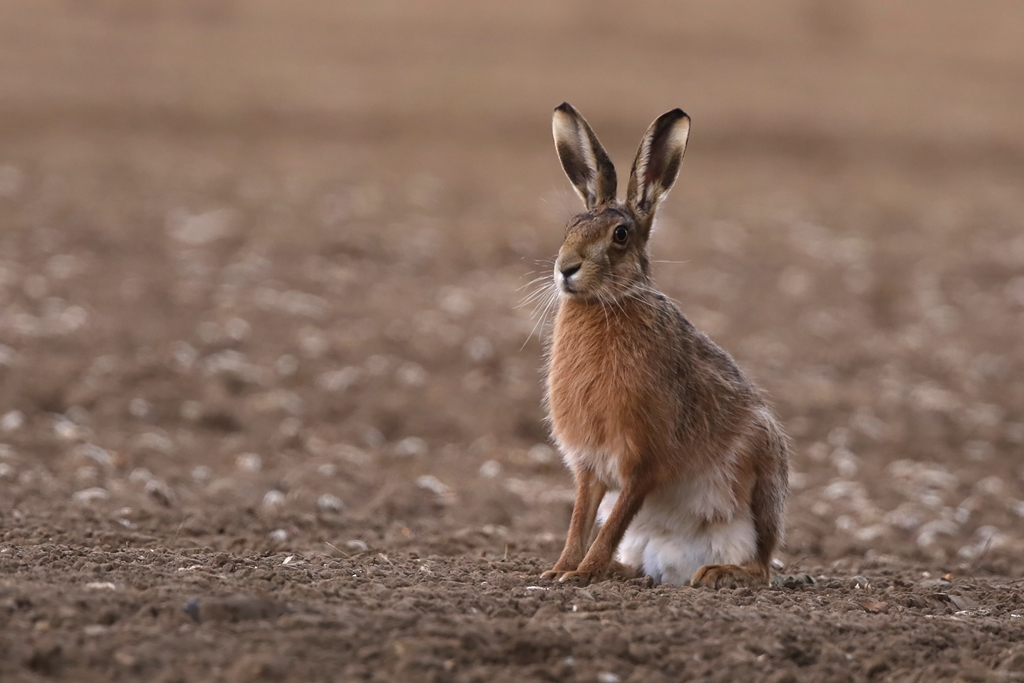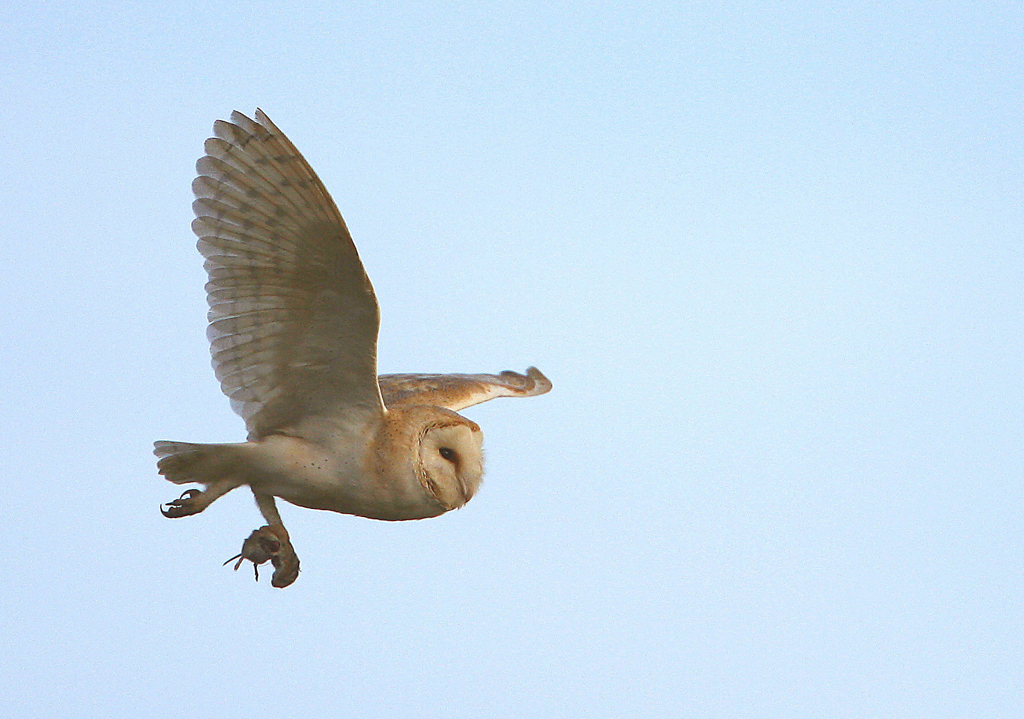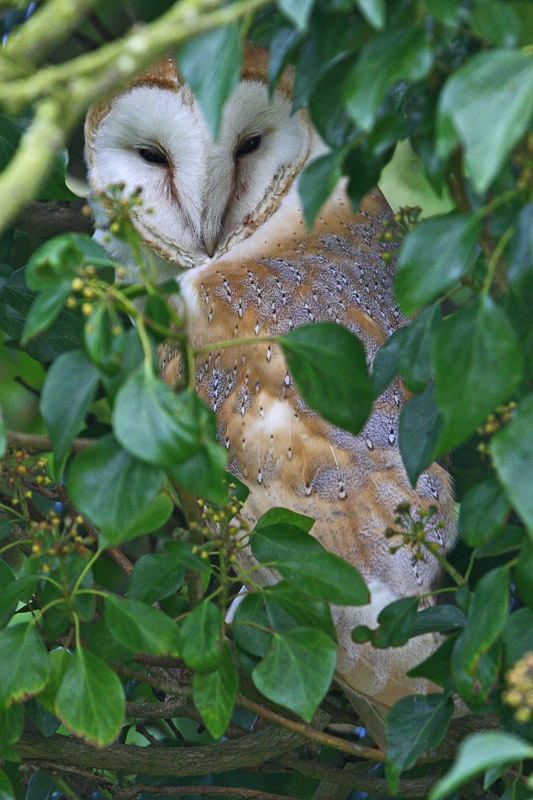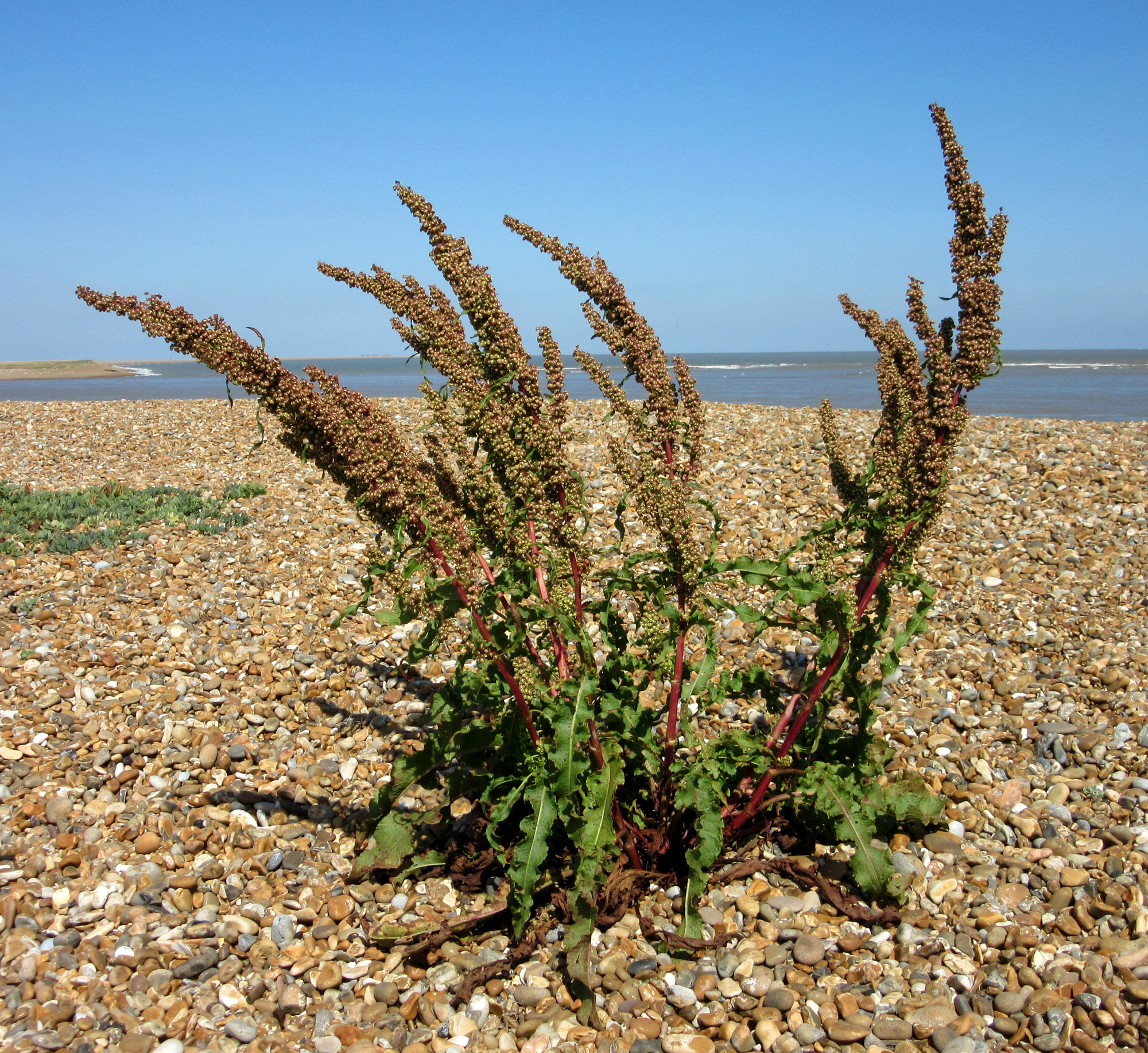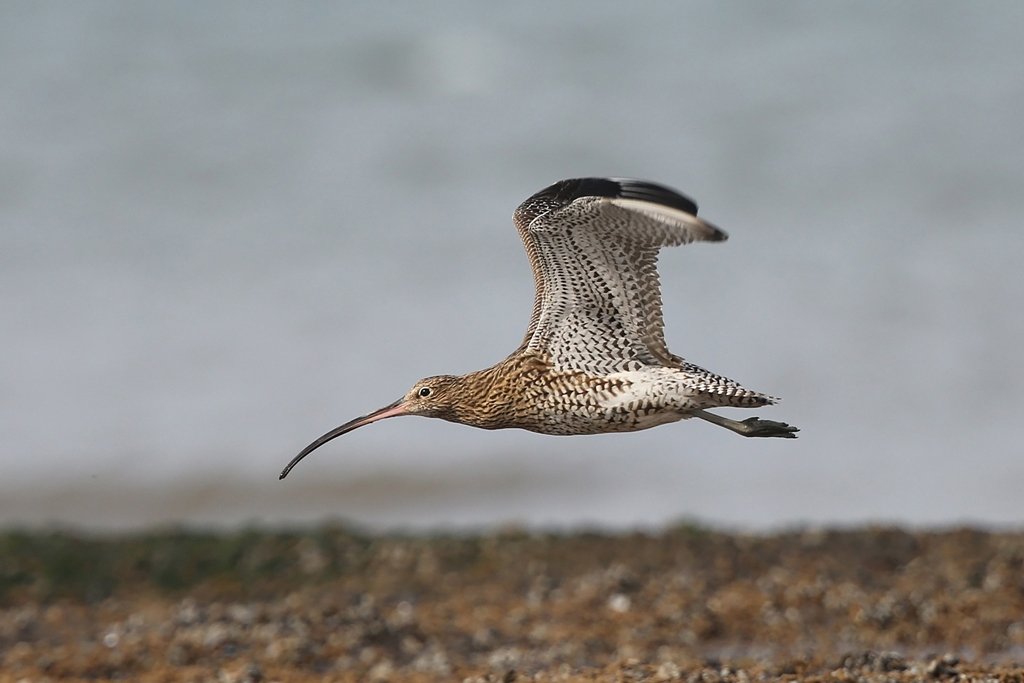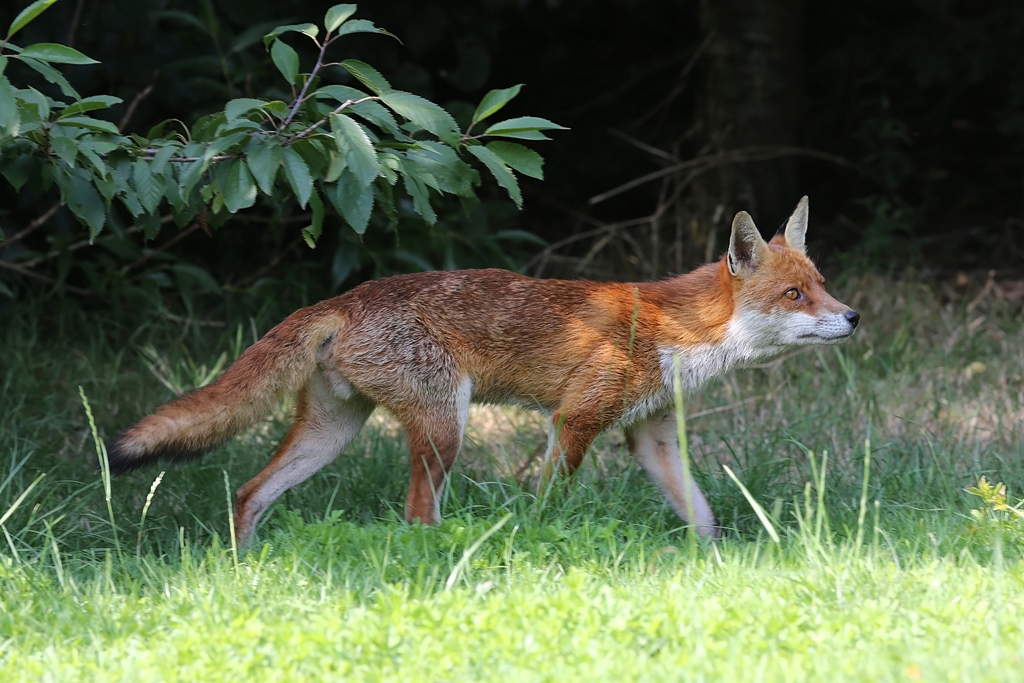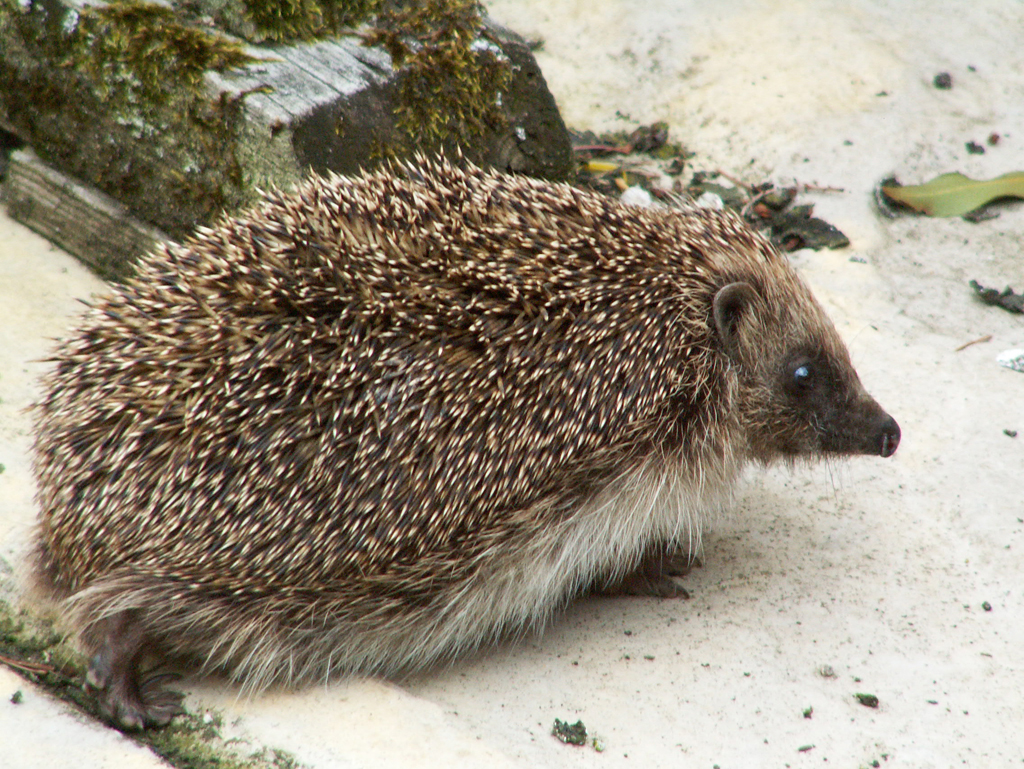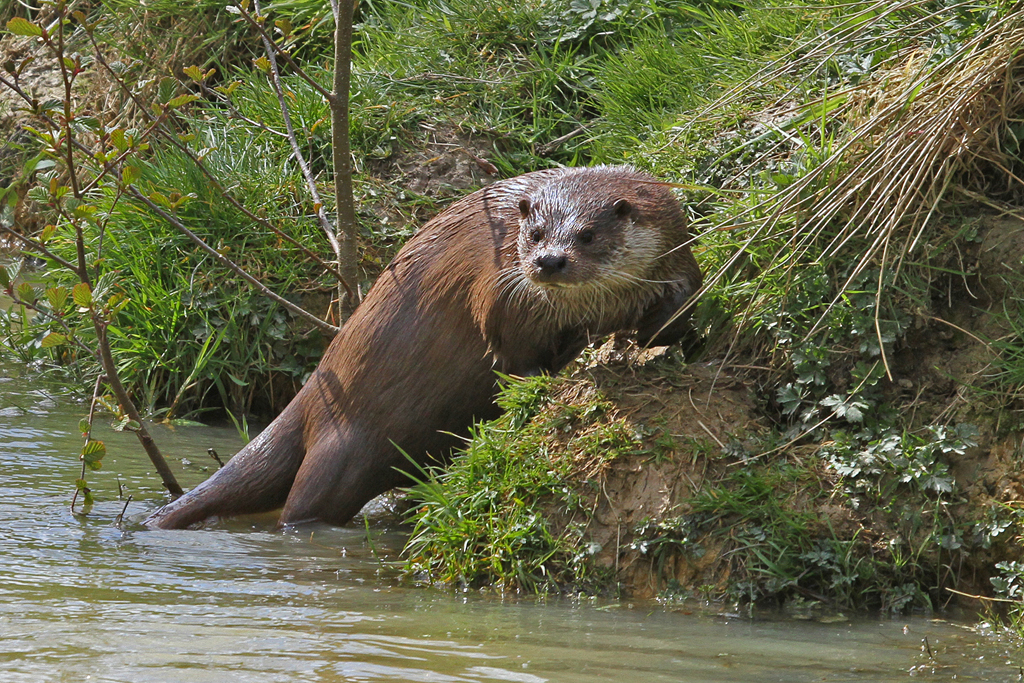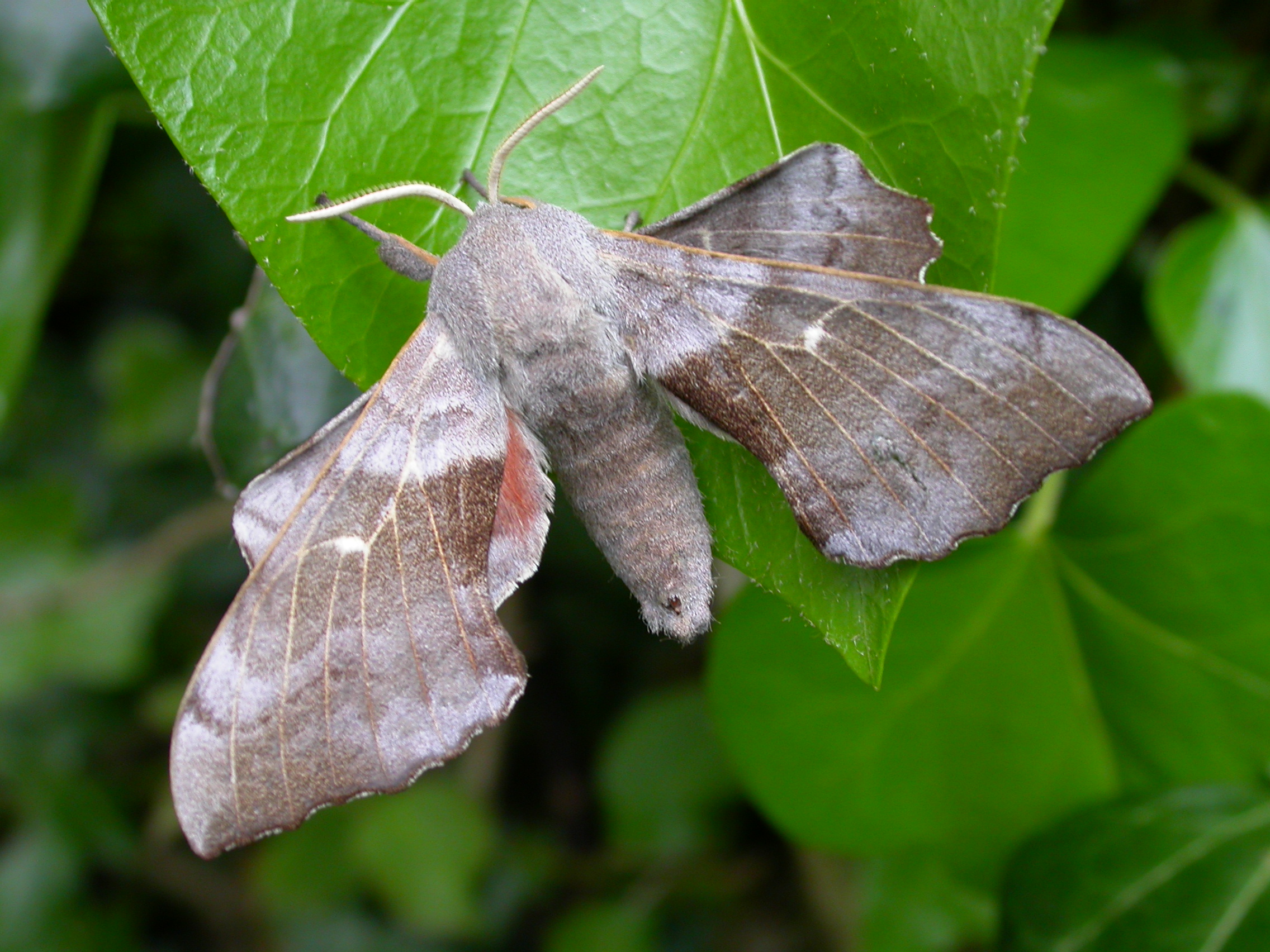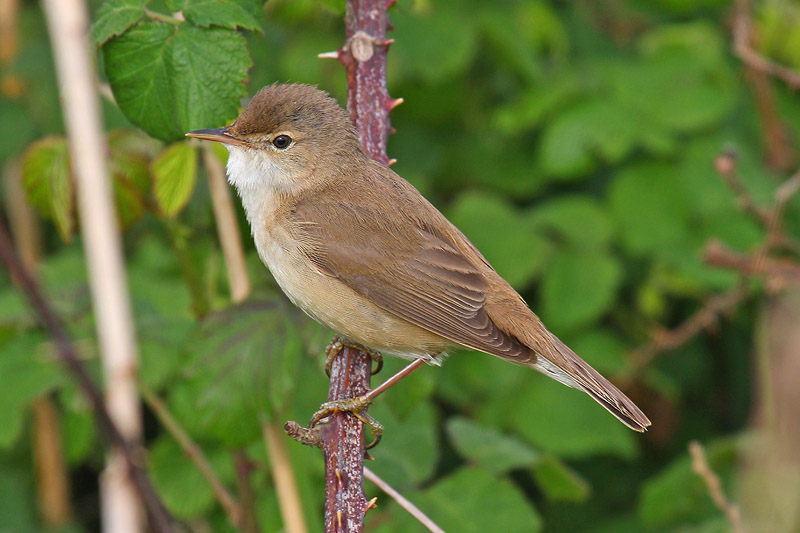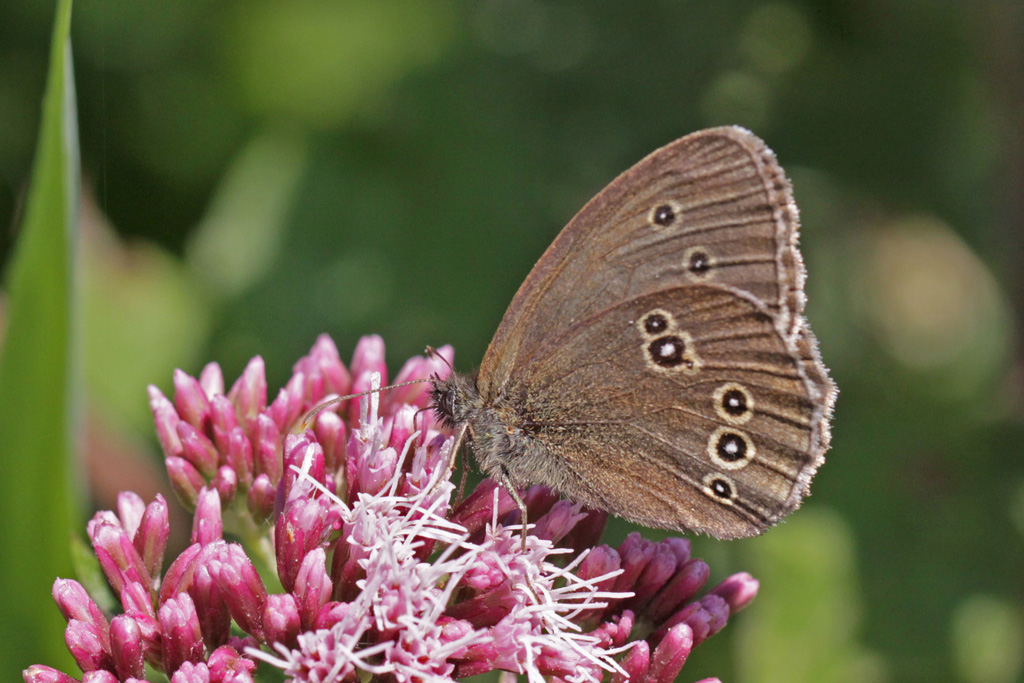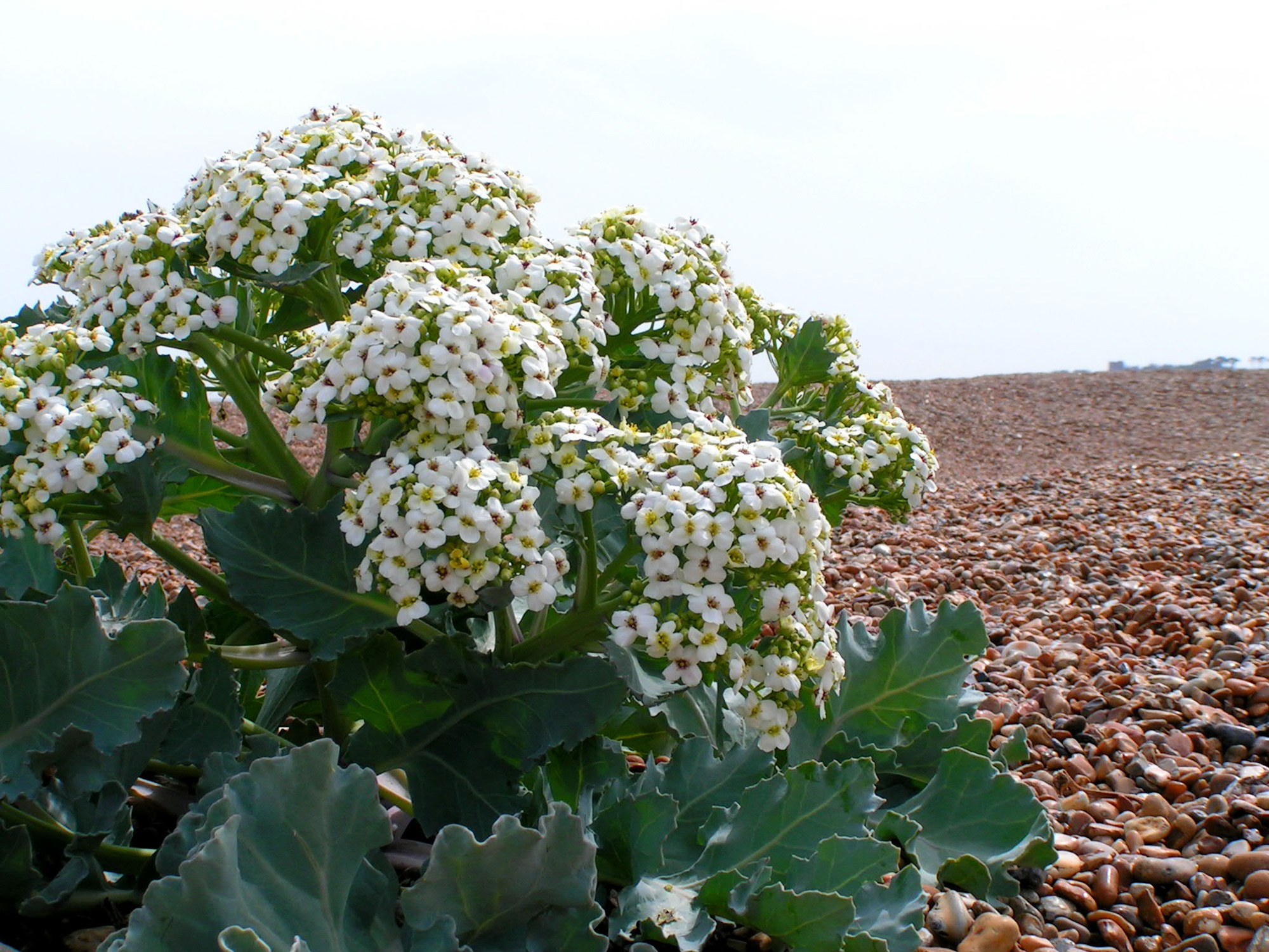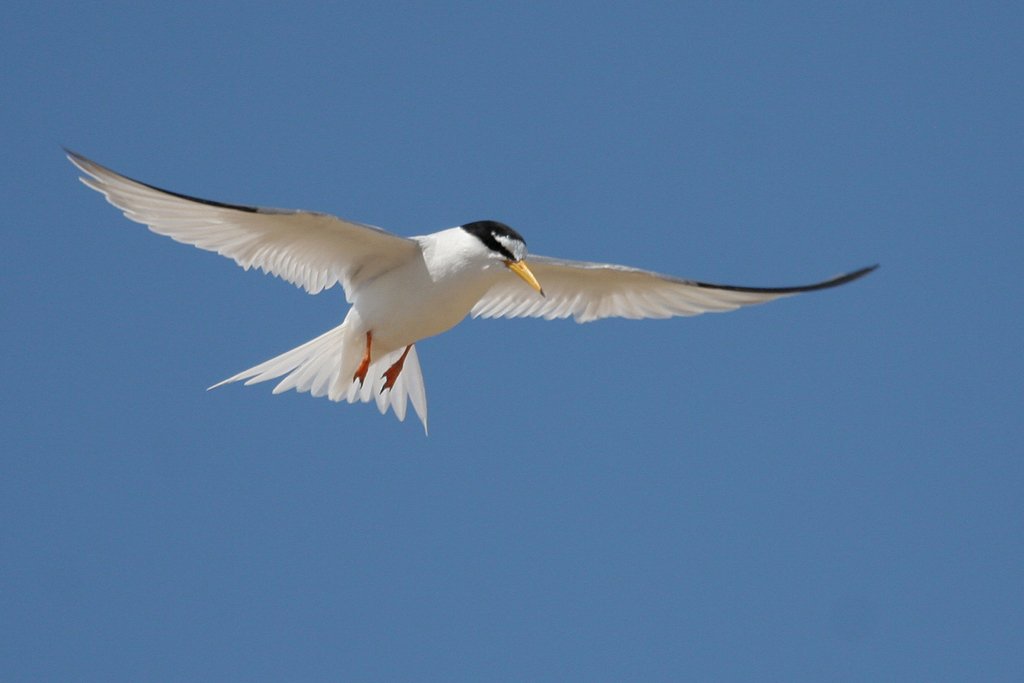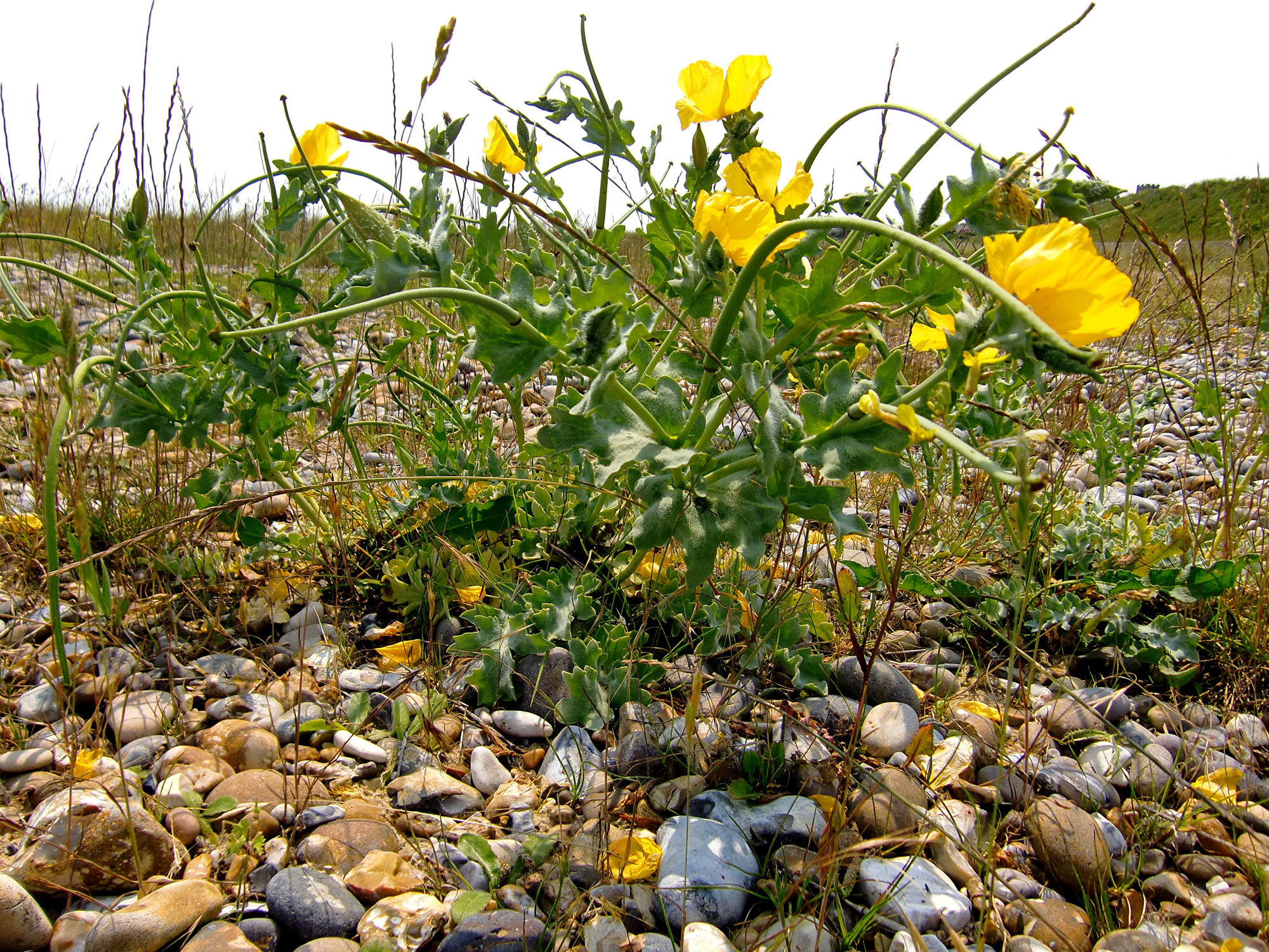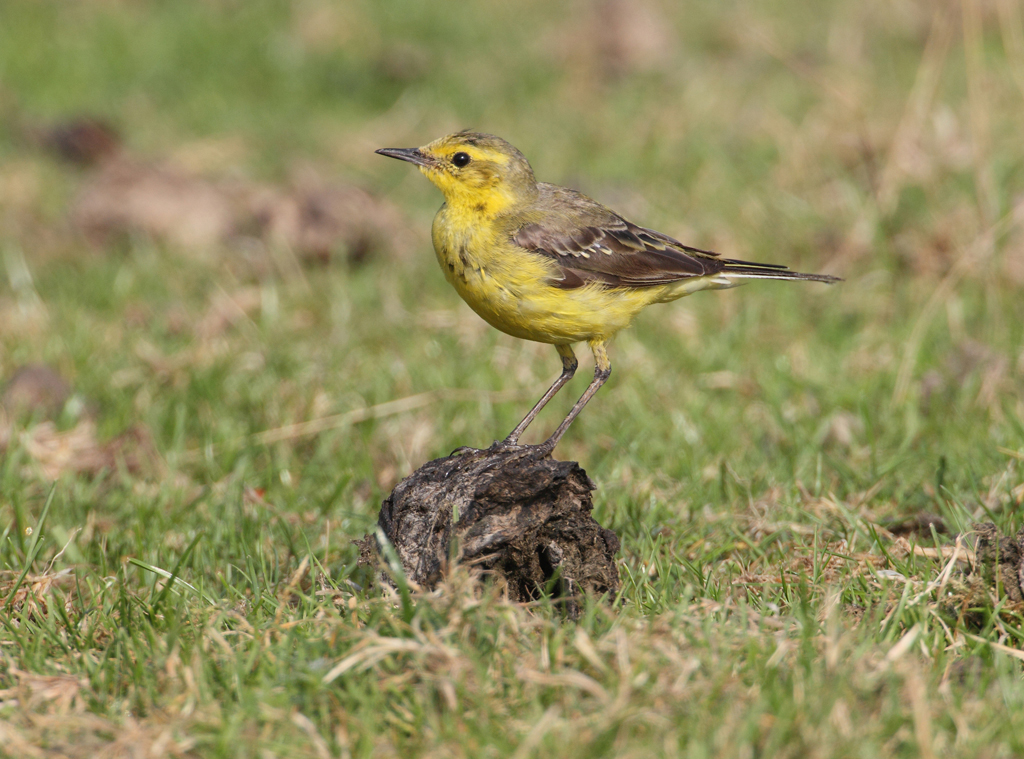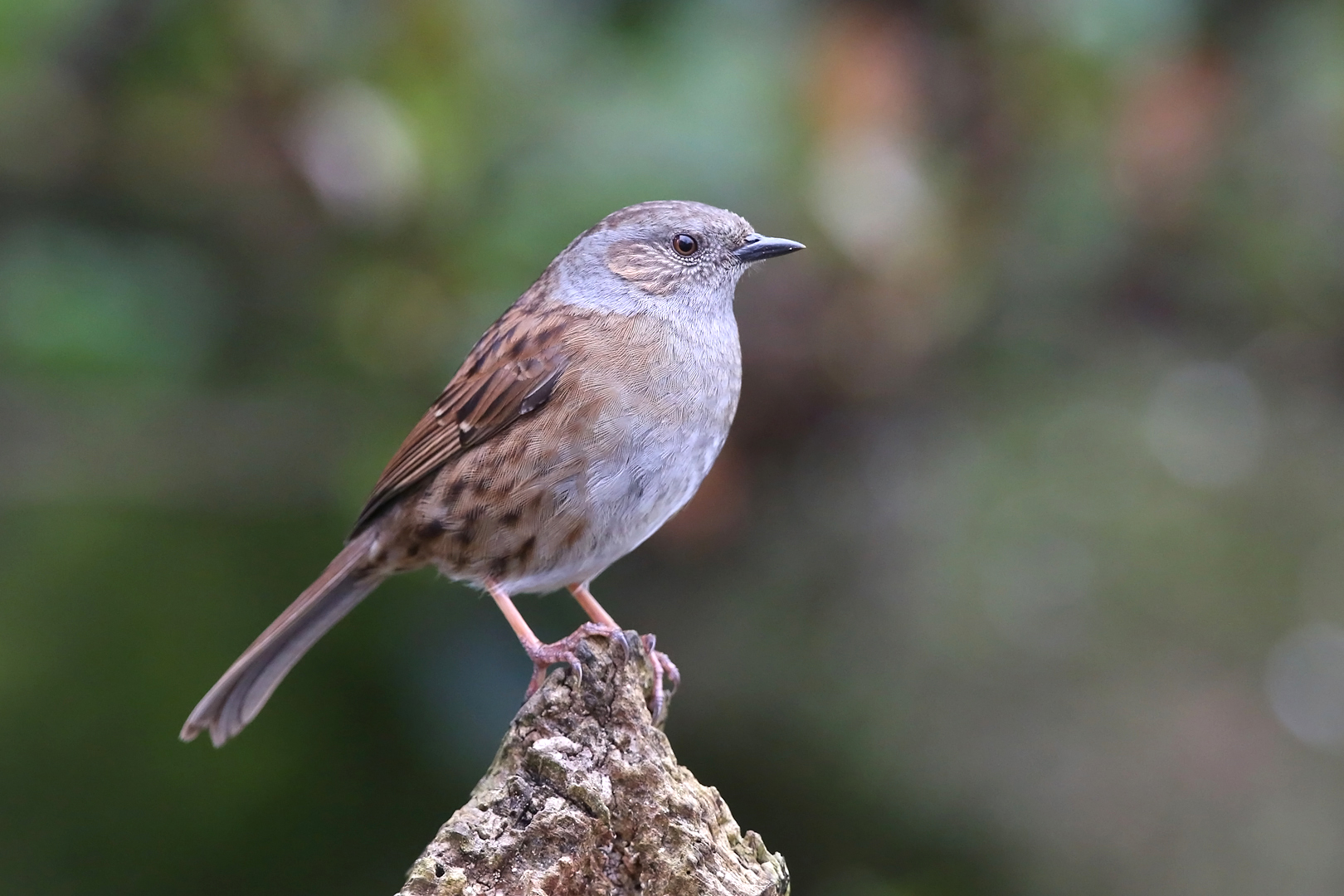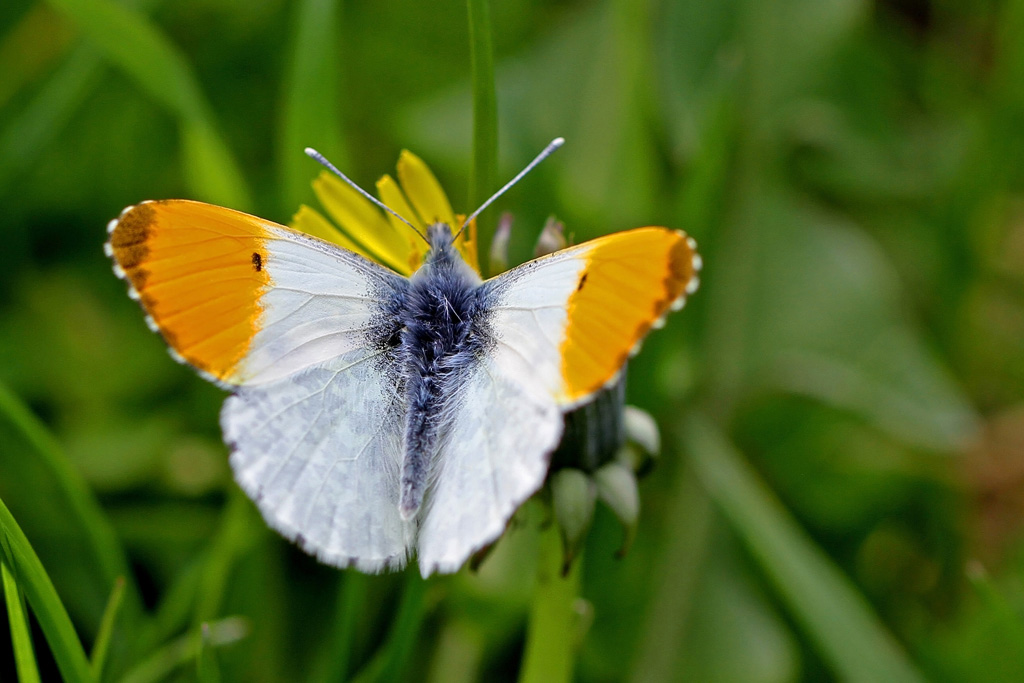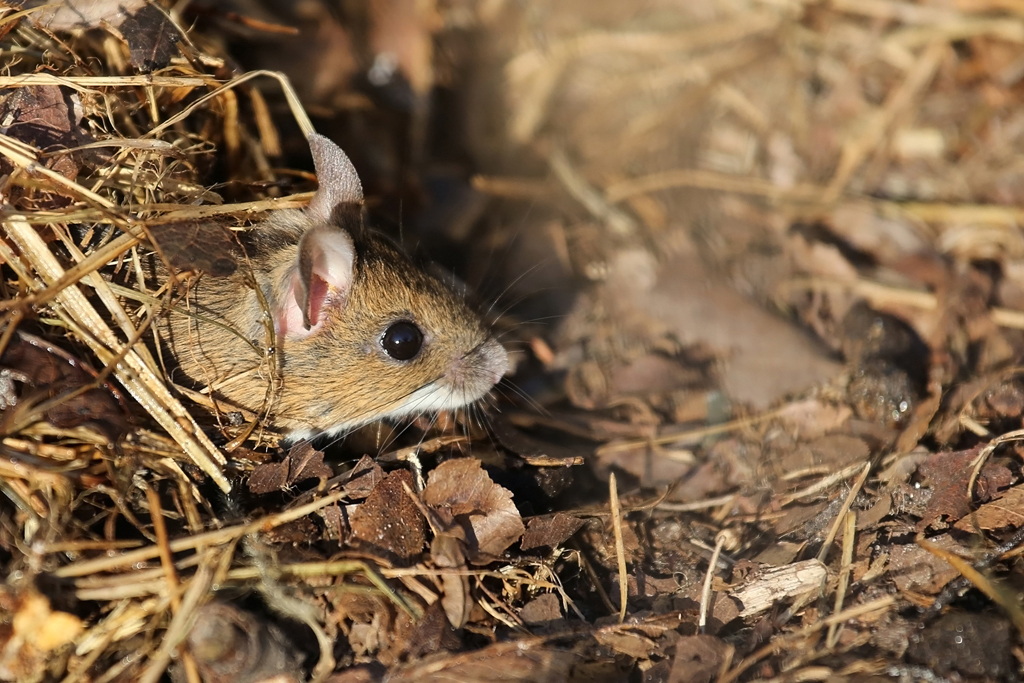Four-spot Chaser
20 Jun 2023
This medium-size brown dragonfly has four characteristic spots on the wings each side. You can just about make them out in this blurry photo, taken between SS and East Lane. Lots of other dragonflies emerging just now but this one is relatively easy to distinguish.
Jeremy Mynott
Cuckoo
19 Jun 2023
The Shingle Street cuckoo is still calling – just. Already the first cuckoos that have successfully deposited their eggs with a foster are returning south. Sometimes we see the juveniles here later in the summer, as in this image, but by then their parents are long gone.
Jeremy Mynott
Moths
15 Jun 2023
An over night moth-trapping produced some 40 species, with large numbers of small elephants, cream-spot tigers and marbled minors and an interesting 'bird wing' moth. Amazing how much activity there is in one's garden overnight!
Jeremy
Marsh harrier
16 Jun 2023
A male marsh harrier was quartering the reed beds between the Twin Banks this afternoon. I've seen him around here a few times so I think there must be a breeding pair in the area.
Jeremy
Painted lady
12 Jun 2023
First painted lady of the summer. They migrate here from southern Europe and in some years come in the hundreds later in the summer (in the famous 'painted lady summer' of 2009 it was in their thousands).
Jeremy
Breeding waders
10 Jun 2023
Walking to East Lane from SS I saw three successful breeding waders in the pools: 2 pairs of lapwing, 3 of ringed plover and an oystercatcher with four fledged young in train. Also a redshank present but probably non-breeding.
Jeremy
Small Heath
04 Jun 2023
Along the sea-wall leading to East Lane I put up several Small Heath butterflies. A tiny, grass-loving species you often wouldn't spot until you had disturbed it. Looks rather orangey in flight and has a distinctive eye-spot on the wing when at rest on a stem.
Jeremy
Cetti’s warbler
01 Jun 2023
Cetti's warbler are more often heard than seen (so no pic provided!), but the song is unmistakeable. It's a very loud
'QUICK quickety-quick quickety-quick', usually delivered from a reedbed. There are several singing at present along the Twin Banks. If you ever glimpse them they are large chestnut-brown warblers with long rounded tails but they are very hard to spot even when singing very close to you.
Jeremy
Bird song
02 Jun 2023
Reed buntings are singing along the Twin Banks. The males are very smart birds with glossy black heads and a striking white collar and moustache, but they must have the worst song of any British bird – a sort of tuneless jangle.
Jeremy Mynott
Nightingales
31 May 2023
Two nightingales duetting in their usual spot in Bromeswell this evening. Better be quick if you want to hear them – they stop singing in mid-June.
Jeremy Mynott
